Silla Cultural Festival (신라문화제)
1.4Km 2024-07-17
Nodong-dong, Gyeongju-si, Gyeongsangbuk-do
+82-54-777-6782~4
Silla Cultural Festival is held to promote the excellence of Silla history and culture and to give pride to Gyeongju residents. The festival features a combination of traditional and modern aspects.
Geumgwanchong Tomb (금관총)
1.5Km 2020-03-18
Noseo-dong, Gyeongju-si, Gyeongsangbuk-do
+82-54-779-6100
Geumgwanchong, located in Noseo-dong, Gyeongju, is a tomb from the Silla Kingdom (B.C. 57∼A.D. 935). It is one of the three tombs that belong to the Noseo-dong Tombs in downtown Gyeongju.
Geumgwanchong Tomb is regarded as the tomb of a king before or after the reign of King Ji-Jeung during the early 6th century (500~514). It is not known exactly to whom this tomb belongs.
It was found in September 1921, when the fief was chopped while a civilian was leveling the ground to widen his building land. The first relic found in this tomb was a gold crown, geumgwan, and so
the tomb took its name. Ornaments such as gold belts, earings, bracelets, saddlers and crockery of the Three Kingdoms Era (when Goguryeo, Baekje and Silla were separated, later unified by Silla in 676 AD) were dug up from the tomb. There were numerous relics, with beaded relics alone numbering over 30,000.
The original structure of Geumgwanchong was 13m high with a 50m diameter. The relics from this tomb were moved and are now
preserved at the Gyeongju National Museum.
Artbox - Gyeongju Branch [Tax Refund Shop] (아트박스 경주점)
1.5Km 2024-06-26
89, Gyerim-ro, Gyeongju-si, Gyeongsangbuk-do
-
Pyeongyang Naengmyeon (평양냉면)
1.5Km 2017-01-19
109-2, Wonhyo-ro, Gyeongju-si, Gyeongsangbuk-do
+82-54-772-2448
The restaurant of Pyeongyang Naengmyeon has been operated through two generations and thus is very famous in Gyeongju. Its noodles are hand-made from starch of Korea-grown buckwheat and potato and broth is made by deeply boiling beef bones. So, noodles are chewy and broth tastes rich and clean.
Gyeongju Hwangnyongsa Temple Site (경주 황룡사지)
1.5Km 2021-01-29
64-19, Imhae-ro, Gyeongju-si, Gyeongsangbuk-do
+82-54-779-6100
Hwangnyongsa Temple Site is located in front of Bunhwangsa Temple in Guhang-dong, Gyeongju. During the Silla Era, the Hwangnyongsa Temple was the nation’s largest temple and housed the bulk of the country’s major Buddhist treasures.
Construction of the temple began in 553 on a field east of the royal compound under the commission of King Jinheung. The king originally planned to build a palace, but decided to build a temple instead, after receiving reports that a yellow dragon had been spotted on the building site. The temple was thus named Hwangnyongsa (Temple of Yellow Dragon) and was completed in 569, seventeen years after construction began. The temple murals featured an old pine tree drawn by Artist Solgeo. During the Silla Era, the temple was the center of state-sanctioned Buddhism.
Later, when monk Jajang was studying in China during the Tang dynasty, he came across a god as he was passing by Taihe Pond. The god said to him, “The yellow dragon, which is my eldest son, is guarding Hwangnyongsa Temple upon orders of Brahma, the Creator. If you build a nine-story pagoda upon your return to Silla, the neighboring states will surrender and pay tribute, and the royal cause will be stronger. Once the construction of the pagoda is complete, prepare a memorial service for the local gods and pardon any of the country's criminals. If you follow all I have told you, no other state will dare invade Silla.”
After this encounter, Jajang returned to Silla and convinced Queen Seondeok to build the nine-story pagoda. Master architect Abiji of the neighboring state Baekje designed the pagoda and the project was built by Yongchun and 200 men using wood and stone. The night before the columns were to be erected, Architect Abiji of Baekje dreamed of the fall of Baekje and refused to complete the project. With a peal of thunder, an old monk and a man of great strength suddenly appeared from the temple's main hall, erected the columns, and magically disappeared. Abiji was so shocked at the sight that he accepted his country’s future demise as the fate of the gods and once again restarted work on the temple. (From Samgungnyusa, the Memorabilia of the Three Kingdoms)
In the twenty-three years following the completion of the pagoda, Queen Seondeok unified the Three Kingdoms; later, numerous scholars pointed to the pagoda as a contributing factor in the unification. Of the three treasures of Silla, two were located at Hwangnyongsa Temple. The largest bell of Silla was also in the temple, but was taken away during the Mongol invasion. The highest monks of Silla preached at the temple, and many kings came to listen to the Buddhist teachings.
During excavation work in July 1969, the massive foundation stones of the sermon hall, auditorium, and pagoda were found. Eight years of archaeological excavations and studies revealed the unique layout of the temple grounds, which consisted of one pagoda and three halls; also found were 40,000 or so ancient artifacts. Though foundation stones and other structures from the bottom of the temple were identified through excavation, there are no historical clues about the temple’s upper design, making the restoration of the temple in its entirety practically impossible. The size of the temple, based on archeological findings, was about 70 acres, roughly eight times larger than that of Bulguksa Temple.
Gyeongju Najeong Well (경주 나정)
1.5Km 2020-04-06
Tap-dong, Gyeongju-si, Gyeongsangbuk-do
+82-54-779-6100
To the southeast of the royal tomb, is a small monument that has been erected among the pine trees; next to the monument is a well called Najeong. According to Samguksagi (Historical records of the Three Kingdoms) and Samgungnyusa (Memorabilia from the three dynasties), Park Hyeokgeose, the founding monarch of Silla, was born by this well. In 69 BC, Sobeolgong, the head of Goheochon Village, saw a white horse on its knees by the well. When he approached the well he found that the horse had magically disappeared and that a large egg was left in its place, from which a boy was born. When the boy turned 13 years old (57 BC), he was appointed king by the village chiefs and began to rule the area then called ‘Seorabeol’. A memorial stone (2.25 meters high, 45 centimeters long, and 21 centimeters wide) was erected in 1803 in the third year of King Sunjo's rule (Joseon dynasty) detailing the historical origins of the founding father of Silla.
Neungpo Dawon (능포다원)
1.6Km 2024-10-31
91-3 Wonhyo-ro, Gyeongju-si, Gyeongsangbuk-do
A traditional Hanok tea house subtly nestled among buildings. It served as the filming location for the traditional tea house “Arisol” managed by Gong Yoon-hee in the movie “Gyeongju.” The tea, brewed by the owner, boasts a rich flavor. The painting “Chunhwa” that served as the movie's motif is a work by the husband of the tea house owner. Various artworks, starting with “Chunhwa,” are displayed throughout the tea house.
Hanok Stay Joadang [Korea Quality] 한옥스테이 조아당[한국관광 품질인증]
1.6Km 2023-09-12
11, Wonhyo-ro 213beon-gil, Gyeongju-si, Gyeongsangbuk-do
+82-10-6520-5074
oadang is a private hanok stay on Wonhyoro-gil, Gyeongju, Gyeongsangbuk-do. The inside of this traditional hanok is finished with cypresswood, and guests can catch the scent of cypress and feel refreshed. There are two guestrooms, both with a queen-size bed, and one with its own bathroom. The location is great for walking and for seeing the sights of Gyeongju.
ALLEY HOSTEL & GUESTHOUSE [Korea Quality] / 앨리게스트하우스 [한국관광 품질인증/Korea Quality]
1.6Km 2021-03-29
12, Gyerim-ro 106beon-gil, Gyeongju-si, Gyeongsangbuk-do
ALLEY, a guesthouse located in the center of Gyeongju , is located only 3 min by foot from Gyeongju Station. Its supreme accessibility makes it a popular accommodation for backpackers in Gyeongju. There are no parking lots on the promise, but guests renting family rooms have access to parking services.
The first floor of the guesthouse has a lobby, common kitchen, luggage storage, and laundromat. The kitchen offers self-service complimentary breakfast. Visitors can make their own toasts and fried eggs to have with coffee and beverages. The second and third floors house guest rooms. The rooms available include single-occupancy rooms, double-occupancy rooms with single beds, double-occupancy rooms with bunk beds, triple-occupancy rooms with bunk beds, 4-person family rooms with bunk beds, and 4-person dormitory rooms with bunk beds. The family room supports up to five guests. All rooms are equipped with air conditioning and door locks, and have restrooms with shower facilities. Amenities include towels, soap, shampoo, hair conditioner, toothpaste, and hair dryer. Guests also have access to the third floor’s open-air terrace, and may store their luggage there even before their check-in. Daereungwon Ancient Tomb Complex lies about 10 min from the guesthouse, while Cheomseongdae Observatory and Donggung Palace and Wolji Pond can be found 20 min away.
Second Face - Gyeongju Branch [Tax Refund Shop] (세컨페이스 경주)
1.6Km 2024-04-18
1F, 101, Gyerim-ro, Gyeongju-si, Gyeongsangbuk-do
-
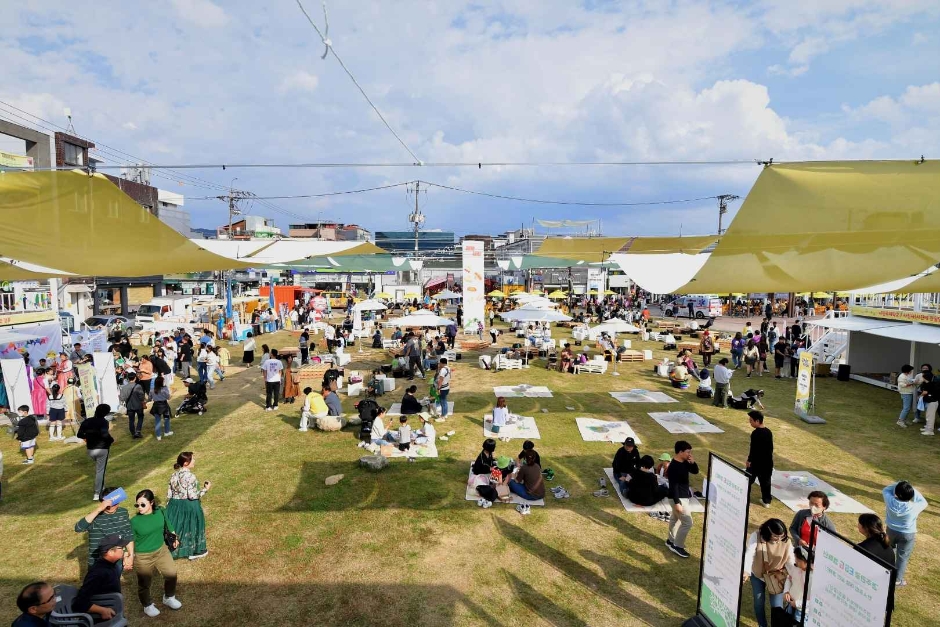
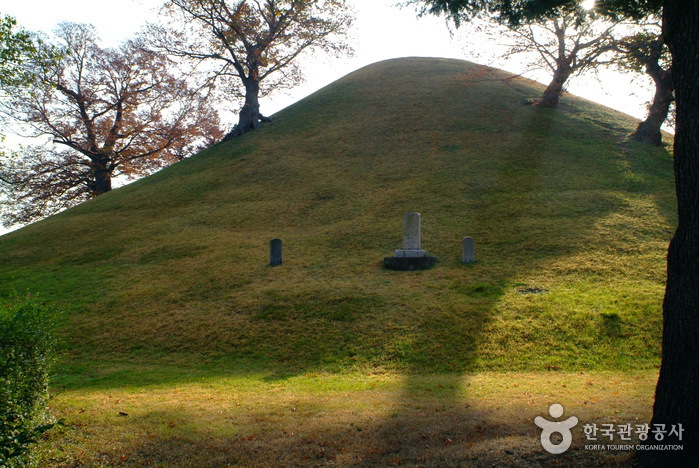
![Artbox - Gyeongju Branch [Tax Refund Shop] (아트박스 경주점)](http://tong.visitkorea.or.kr/cms/resource/43/2883743_image2_1.jpg)
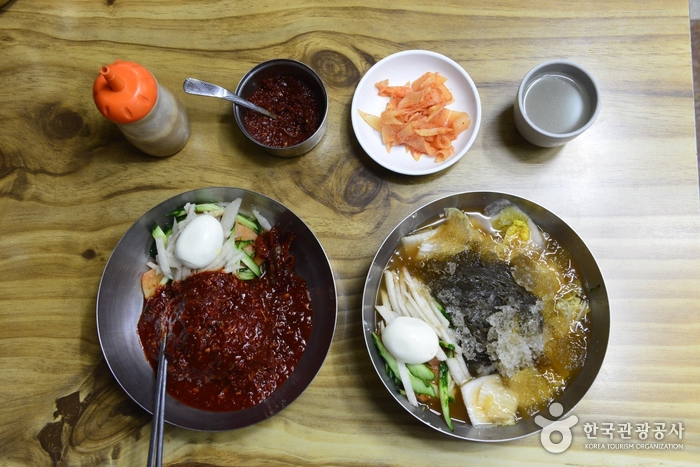
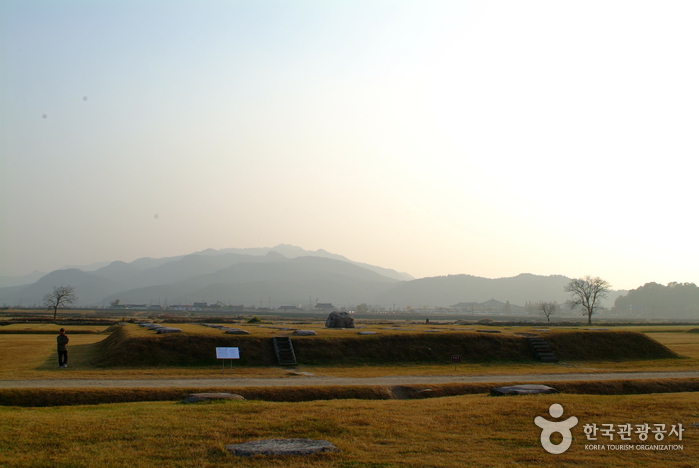
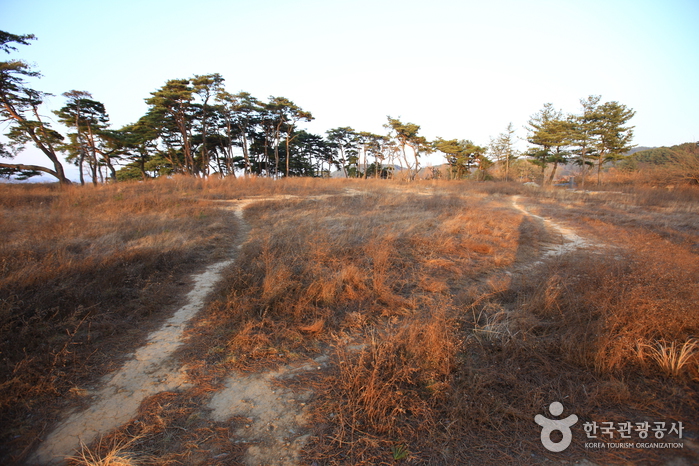
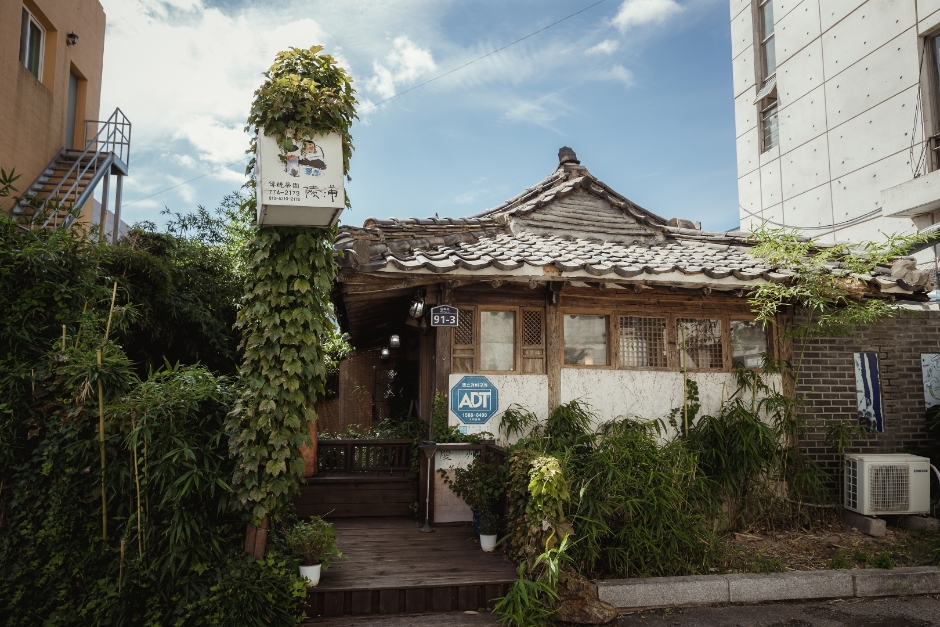
![Hanok Stay Joadang [Korea Quality] 한옥스테이 조아당[한국관광 품질인증]](http://tong.visitkorea.or.kr/cms/resource/08/3009408_image2_1.jpg)
![ALLEY HOSTEL & GUESTHOUSE [Korea Quality] / 앨리게스트하우스 [한국관광 품질인증/Korea Quality]](http://tong.visitkorea.or.kr/cms/resource/80/2707780_image2_1.jpg)
![Second Face - Gyeongju Branch [Tax Refund Shop] (세컨페이스 경주)](http://tong.visitkorea.or.kr/cms/resource/47/2883747_image2_1.jpg)
 English
English
 한국어
한국어 日本語
日本語 中文(简体)
中文(简体) Deutsch
Deutsch Français
Français Español
Español Русский
Русский